A basic fiber optic communication system is very simple: an LED transmitter converts an electrical signal into an optical signal, and couples it into the transmission fiber. The optical signal reaches the optical receiver through the fiber, and it restores the received optical signal to the original Electrical signal output.
Selection of optical cable: Generally, quartz glass fiber is used for long-distance communication links due to its low loss and high bandwidth. For example, the Ethernet and FDDI standards specify the use of multimode 62.5 / 125μm quartz glass fiber. These thin-core optical fibers require high-precision connectors to reduce coupling loss. For industrial applications, low-cost optical cables and connectors are required. Therefore, 1mm POF (PlymerOpTIcalFibers) and 200μm HCS (HardCladSilica) fiber are the best choices, they are all multi-mode fiber with step index.
The typical loss value of 1mmPOF is 0.2dB / m at 650nm wavelength, while the typical loss value of 200μm HCS fiber at 650mm wavelength is only 8dB / km, and even less at 820nm wavelength. The core of the HCS fiber is quartz glass, the cladding is a patented high-strength polymer, which not only increases the strength of the fiber, but also protects it from moisture and pollution. The outer sheath is 2.2mm polyvinyl chloride. HCS optical fiber can work in a temperature range of 40 ℃ ~ + 85 ℃, and the erecting temperature range is 20 ℃-+ 85 ℃, which meets the system requirements in performance and price.
Selection of working wavelength: The design of optical fiber communication systems must consider the impact of fiber loss and dispersion on the system. Since both loss and dispersion are related to the operating wavelength of the system, the choice of operating wavelength has become a major issue in system design.
Comprehensive consideration of the system's index requirements and the selected fiber, the choice of 820nm wavelength can make the HCS fiber loss as low as 6dB / km, and the dispersion is also minimized.
Selection of light source: At the wavelength of 820m, LED is the best light source that can be selected. Compared with the semiconductor laser, the driving circuit of the LED is simple and the cost is low.
In summary, the optical cable uses 200μm HCS fiber, and the optical transceiver device uses HP's HFBR-0400 series with a wavelength of 820nm. The HFBR-14X2 / HFBR-24X2 in this series can reach a rate of 5MBd at a distance of 1500m, and the operating temperature range is from 40 ° C to + 85 ° C. There are multiple port models of ST, SMA, SC and FC to choose from. HFBR-14XZ uses 820nm wavelength AlGaAs LED. HFBR-24XZ integrates an IC chip including PIN photodetector, DC amplifier and open collector output Schottky type transistor. Its output can be directly connected with popular TTL and CMOS integrated circuits Connected.
We are a professional production of Touch Screen manufacturers, touch products for many years of production, business and development experience.We are committed to providing customers with a variety of standard touch screen products, including: 4 Wire Resistive Touch Screen,5 Wire Resistive Touch Screen,Capacitive Touch Screen, Interactive Touch Foil , Infrared Touch Screen , Infrared Touch Frame .These products are widely used in industry,GPS,finance,medical care,transportation, electronic education and game entertainment and other fields.
Our product pictures shown below:
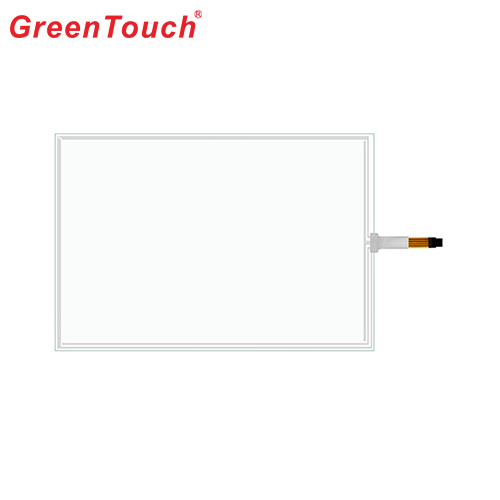
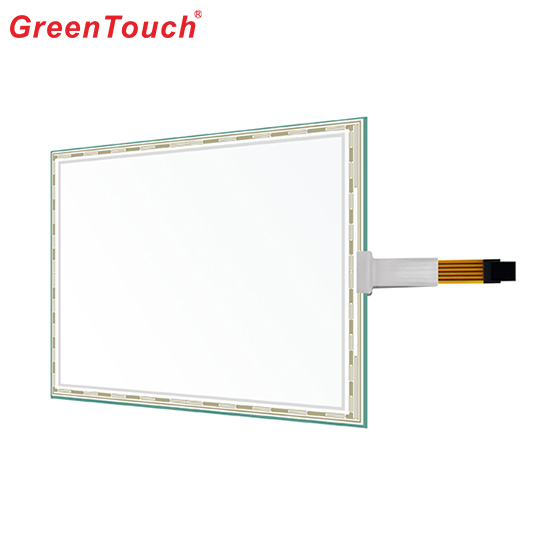
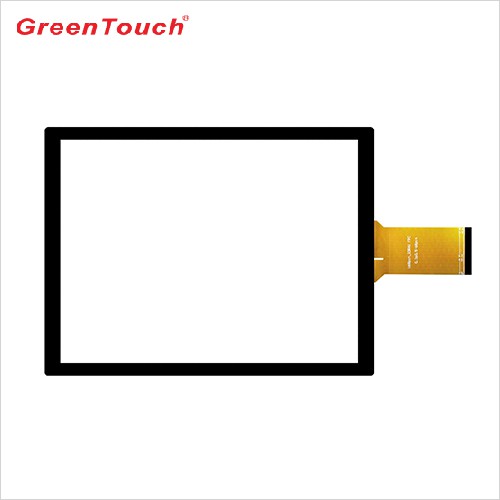
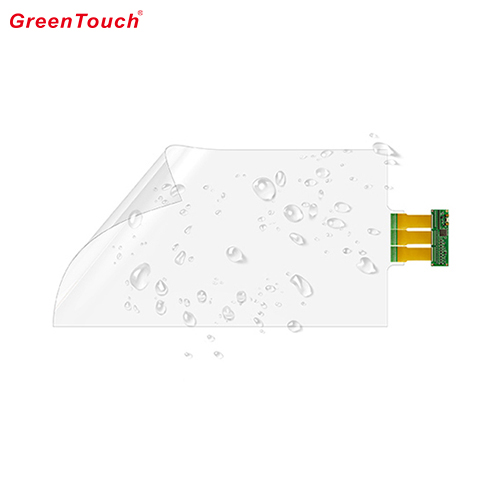
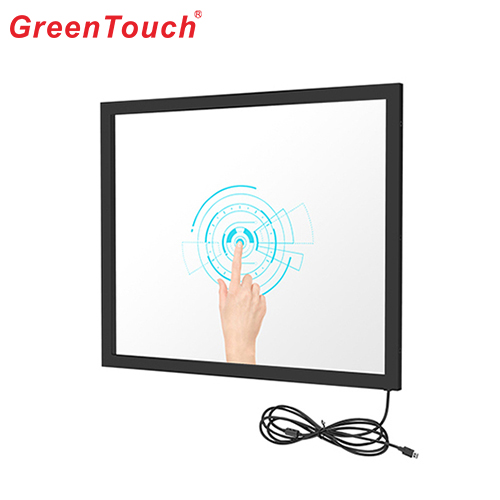

Touch Screen
Touch Screen Panel,LED Touch Screen,LCD Touch Screen,Industrial Touch Screen,Monitor Touch Screen,Advertising Touch Screen
ShenZhen GreenTouch Technology Co.,Ltd , https://www.bbstouch.com